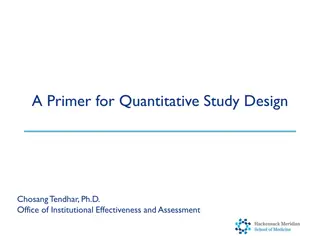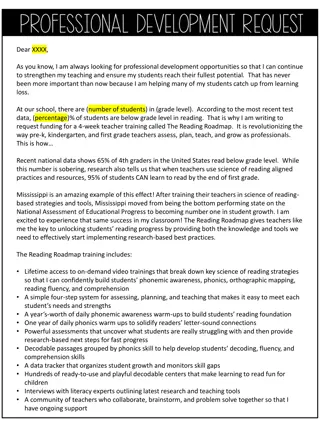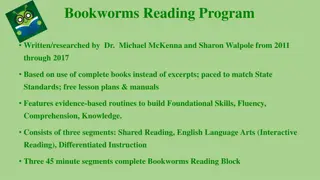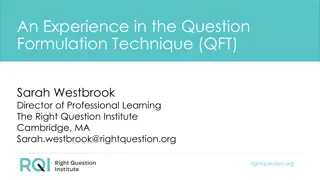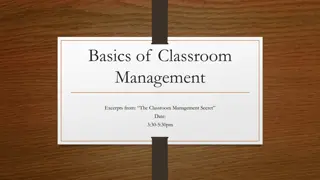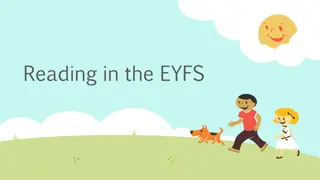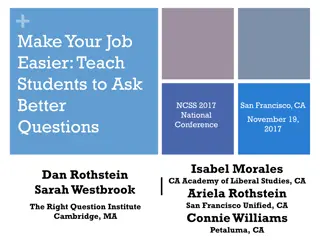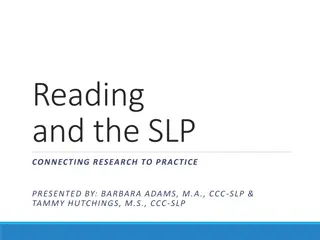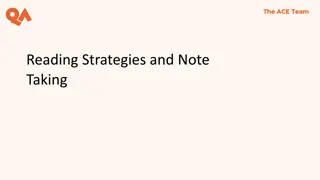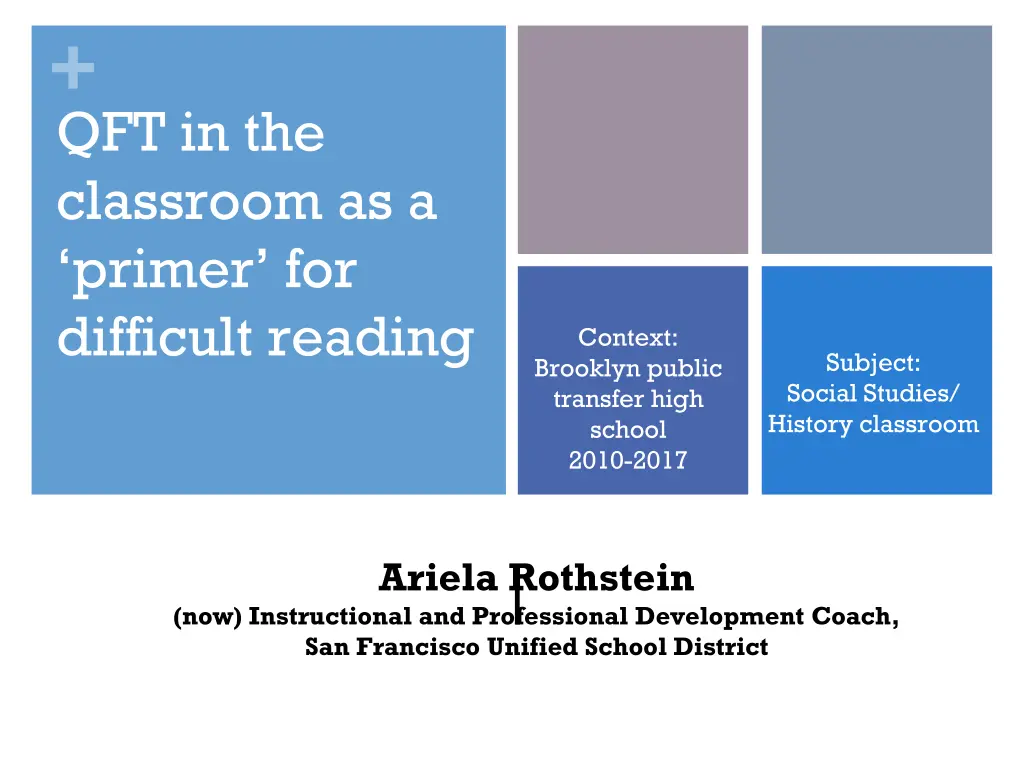
QFT in the Classroom: A Primer for Difficult Reading
Explore how the Question Formulation Technique (QFT) serves as a pre-reading strategy to enhance student engagement and critical thinking skills in social studies/history classrooms. Discover the benefits of priming students before tackling challenging texts and delve into various topics related to incorporating QFT across units and projects. Uncover creative ways to prompt student questions, address biases, and foster a historian's mindset. Plus, gain insights on grading QFT, securing administrative support, and maximizing its pedagogical, management, and content-level impact.
Download Presentation

Please find below an Image/Link to download the presentation.
The content on the website is provided AS IS for your information and personal use only. It may not be sold, licensed, or shared on other websites without obtaining consent from the author. If you encounter any issues during the download, it is possible that the publisher has removed the file from their server.
You are allowed to download the files provided on this website for personal or commercial use, subject to the condition that they are used lawfully. All files are the property of their respective owners.
The content on the website is provided AS IS for your information and personal use only. It may not be sold, licensed, or shared on other websites without obtaining consent from the author.
E N D
Presentation Transcript
+ QFT in the classroom as a primer for difficult reading Context: Brooklyn public transfer high school 2010-2017 Subject: Social Studies/ History classroom Ariela Rothstein | (now) Instructional and Professional Development Coach, San Francisco Unified School District
+ Why a pre-reading strategy? Increasing background knowledge or assessing interest in the topic ahead of time increases engagement and perseverance prior to reading a difficult text There s a big focus in Common Core and state standards on reading grade-level appropriate materials - often not reflecting the reality of the reading level range in the classroom. Then, there s pressure to differentiate to every student s reading level - not reflecting the reality of a teacher s workday So What? QFT is an excellent strategy for a differentiated, critical thinking method for priming students for a challenging reading Literacy Strategy: Priming students to read a difficult text
+Other topics to possibly discuss... QFT in Project Based Learning QFT for adults: in organizing contexts (prioritizing goals/action steps/next steps) QFT across a unit The penultimate step: Creative ways for social studies teachers to ask students to prioritize their questions in order to address multiple perspectives analyze their questions for biases learn skills about thinking like a historian How to grade the QFT , or strategies for getting admin support for QFT usage across classrooms QFT s trifold value as a pedagogical-, classroom management-, and content-level- strategy
+Example 1: Beginning a course Prompt: Being Young, Muslim and Arab in America (title of book by Moustafa Bayoumi)
+ Group A (2013) Why do Arabs pray 7 times a day? Why do Arabs own cornerstores? [o->c] Do all Arabs own a corner store? Why do female Muslims wear head scarves? Why do Arabs have long hair? Why do they come to the US? [o->c]Do you find the US to have better opportunities? Why do they have so many kids? Why do they cut the little girls hair? Why do Muslims believe in a different God? Why don t Muslims eat pork? Why does everyone go to jail and become Muslim? Why did they really blow up the World Trade Center? Student questions Fall 2015 (post-Trump mentioning Muslim ban) Did you know the US see you as terrorists? Did you know Trump about to ban most of your beliefs? What s your side of the story about the terrorists attacks? Do you have a side of the story?
+Example 2: In the middle of a unit Iranian History Rationale: very difficult to find easier sources topic was engaging, text complexity level was high Tobacco Boycotts in Iran, 1891-92 Two full days of QFT prior to the reading.
+Question foci Question Focus 1: As a result of British imperialism taking control of tobacco in Persia/Iran, Persians quit smoking in 1891. STEP 1: Today, brainstorm for 3 minutes on your own questions about the following statement. Question Focus 2: In 1890, the emperor (shah) of Iran gave the rights to all Iranian tobacco to a British company, in what is called a CONCESSION. Iranian farmers would now have to sell their tobacco to the British company and then buy it back again to use. In response, Iranians quit smoking (boycotted tobacco). Link to Student Handout Cause and Effect Version




